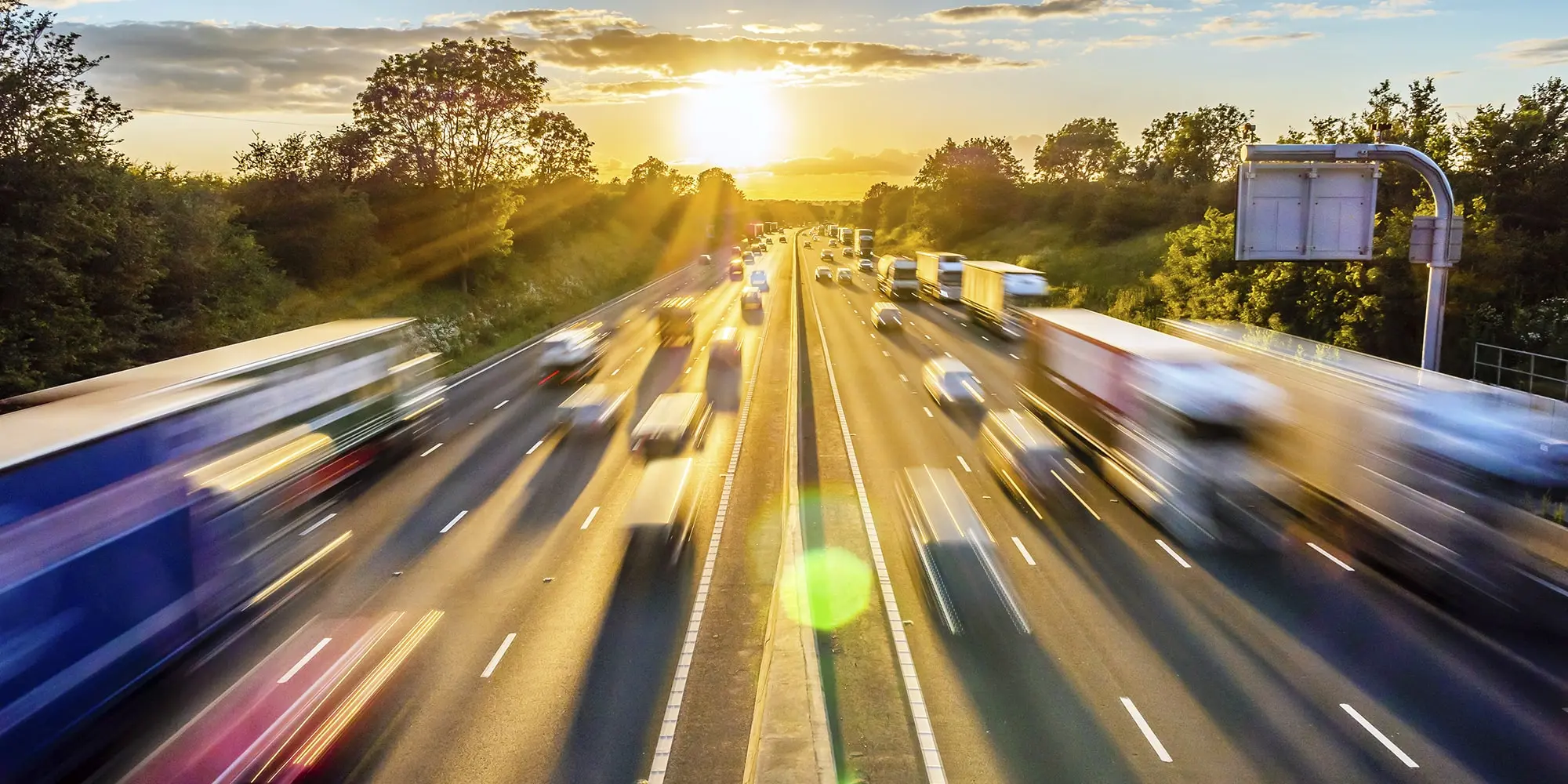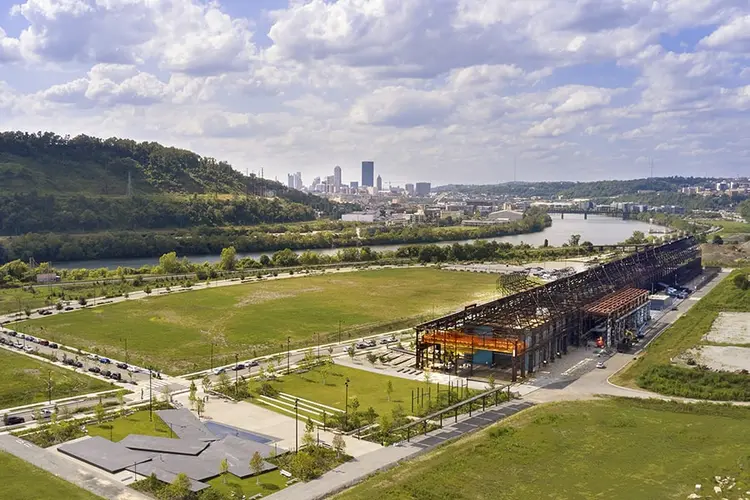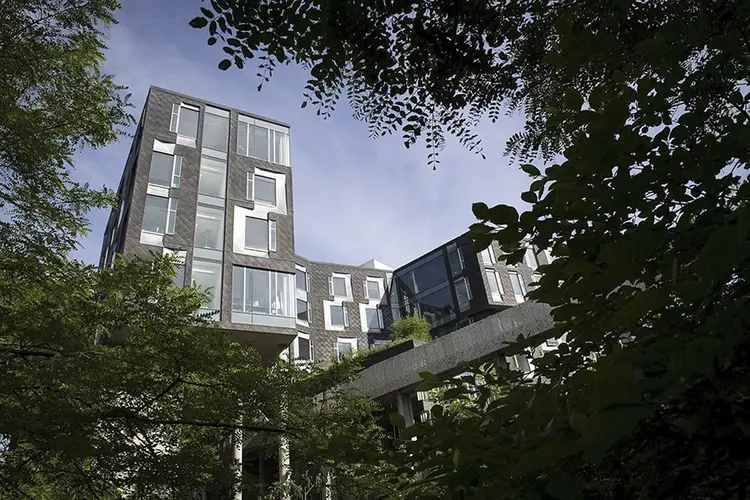
Three Questions with Destenie Nock
Media Inquiries
Destenie Nock(opens in new window), an assistant professor in the departments of Civil & Environmental Engineering and Engineering and Public Policy, is focused on applying high-level mathematical modeling to real-world issues in energy systems planning and equality. Her recent work has involved creating an energy equity metric that illustrates the socioeconomic divide in access to energy.
Q: In terms of improving public access to alternative energy options for more Americans, does the Inflation Reduction Act get it right? Does it do enough from an equity perspective to make it easier for more Americans to shift away from fossil fuels?
This is the first time we're seeing energy justice in a bill like this, with over $60 billion targeted for environmental justice efforts. There's also money to spur production of solar panels and wind turbines, and for processing critical materials in the United States. This is huge for energy justice and jobs.
A big part of the energy transition is what happens to the workers, not just ones who are selling and maintaining services, but the ones who are building, mining, doing research and development. Creating a domestic industry around that is critical to this transition. There are jobs that will come from manufacturing and construction, but with a domestic industry, it will be a much longer-term approach.
For example, there's $500 million for heat pumps and critical mineral processing. If we're trying to get people to shift away from natural gas to more electrical-based systems, we need to tie energy justice and housing by upgrading that infrastructure. Heat pumps that can both heat and cool will be central to that energy transition as well. They are more efficient than traditional heating systems, such as electric radiators, and that will help reduce our dependence on expensive energy generation systems like oil and natural.
Q: There were some carbon capture and storage provisions in the new law that some environmentalists saw as giveaways to the fossil fuel industry. How should we be thinking about those?
With one bill, it's hard to get it completely right, but compared to what we had before — the IRA — it's a good compromise. We weren't going to get this bill through the government without any support for fossil fuel. There are wealthy, powerful actors looking to protect their interests in that industry. I understand why some people are upset, but there's a larger picture at play here for reducing emissions.
One way to reduce emissions is to reduce the fossil intensity of the supply side. But there's also the demand side and reducing demand for fossil fuels. If we do that then it will start to push out those fossil fuel generators and that will be good for energy justice and climate justice.
Q: Shortly after this passed, California announced plans to ban the sale of new gasoline-powered cars beginning in 2035. Is that the kind of significant action we're going to need to see more of to deliver in terms of meeting emissions goals?
I think we'll see more actions like this in the future. It's great to try to get different people to invest in electric car manufacturing and improving number of vehicles made for sale. One challenge is that demand for electric vehicles has outgrown the supply. That leaves me worried that we could potentially be putting the onus on consumers to switch their technology when it is still not widely available.
I like to see in IRA that we're improving manufacturing capacity. But the law assumes people don't want to buy electric cars, when they do. Tesla has a long waiting list of people who want to buy their vehicles.
The concern here is for low-income and vulnerable populations who tend to depend on secondhand vehicles, and secondhand batteries that tend to die. There is some data that shows second life batteries don't work as well — their range is unreliable and they don't hold a charge as well.
One thing for the California policy to be successful will be heavy investment in public transportation and I'm not seeing that yet. If we're going to ban the sale of these vehicles knowing people still have to get to work and there's still a gap between deployment of our technology needs and the public demand, then we have to take that into account. In places like New York City and the Washington, D.C. metro area, people don't have to own vehicles to get around as long as they are close to the subway. In California, I did not find that to be the case when I visited, and that's a big challenge. Here in Pittsburgh, my public bus service stops at 9 p.m., so unless I want to be Cinderella, I need my own vehicle.
So while I'm glad to see this move, let's make sure the alternative isn't just another personal vehicle but a strong public transit system.



